
Source
In the midst of the boom of aesthetic operations, there are many people who seek to improve their figure to compete or look like the stars we watch on television or social networks, although as we can see, with biopolymers, what we can find are dangers and damages that in some cases are irreversible, beyond operations.
In this case, we talk about the dangers of biopolymers, which have caused many deaths, especially in young people, since the injection range is 18 to 30 years, but any aesthetic intervention is delicate. We must always go to a specialist, we can not be fooled or put our body in the hands of anyone. We must take care of ourselves and look for the best way to feel good physically and emotionally, without taking unnecessary risks.

Source
Women and men look in an operating room, the way to improve their figure, although all that happiness for bigger breasts or lose weight, has its risks, which grow enormously with prohibited techniques, such as the application of biopolymers, which has even led to deaths worldwide.
Biopolymers are compounds that have been used to fill and increase different parts of the body, especially the buttocks and face. Of the dubious origin and illegal in most countries, they have caused great damage in the majority of patients who have been victims of these procedures.

Source
FUNCTIONS AND TYPES OF BIOPOLYMERS.
NATURAL BIOPOLYMERS
Among the most common natural polymers are the polymers synthesized by living beings. Below are some of the most common biopolymers.
• Nucleic acids.
Nucleic acids can be considered, perhaps, the most important biopolymers since they are the carriers of genetic information inherited between generations.
• Proteins.
Proteins, formed by peptide bonds between amino acids have a major function in living beings since they participate in different biological functions. These include structural functions (eg, collagen), catalytic (eg enzymes) or immunological (antibodies or immunoglobulins) functions.
• Polysaccharides.
Polysaccharides are polymers resulting from acetallic condensation of simple monosaccharides.1 Polysaccharides usually have structural functions (cellulose, chitin, pectins, alginates, etc.) but also energy reserve functions in the plant kingdom (amylose, amylopectin, inulin) and in the animal kingdom (glycogen).
• Polyterpenes.
Among the polyterpenes, the two best known are polyisoprene (natural rubber or chemically cis-1,4-polyisoprene isomer) and gutta-percha (rubber with inferior mechanical properties, the trans-1,4-polyisoprene isomer).
• Polyhydroxyalkanoates.
The polyhydroxyalkanoates are linear polyesters biosynthesized by bacteria by the fermentation of sugars or lipids. There are many types of polyhydroxyalkanoates but the best known are polyhydroxybutyrate (PHB) and poly-3-hydroxyvalerate (PHV), as well as their copolymers.
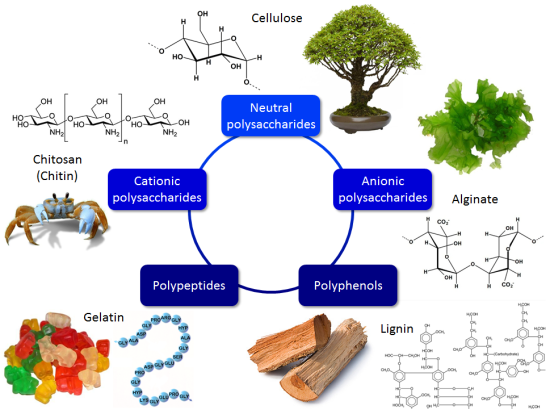
Source
SYNTHETIC BIOPOLYMERS
Among the synthetic biopolymers used in implants include:
• Polyurethanes (PU)
• Silicones (Si)
• Polymethylmethacrylate (PMMA)
• Polycaprolactone (PCL)
• Glycolic polyacid
• Polyvinyl alcohol or polyvinyl alcohol (PVA)
DERIVED BIOPOLYMERS
In the derived biopolymers the biopolymers synthesized artificially but from natural substances are grouped. These materials are also called bioplastics, although this category would also include all biopolymers of natural origin. These materials include:
• Polylactic acid (PLA).
• Polyethylene derived from ethanol from sugarcane.
• Celluloid.
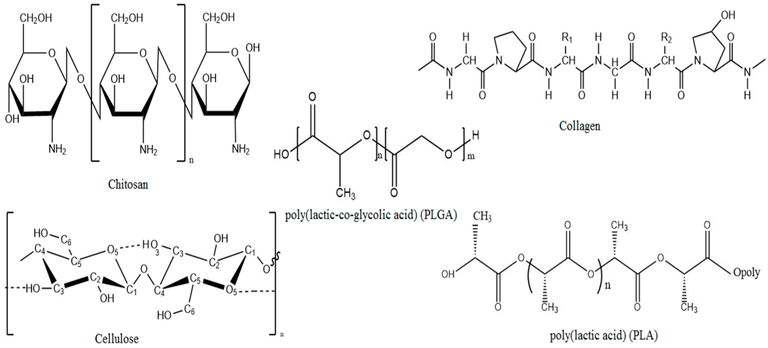
Source
In a high percentage it is liquid silicone associated with other products such as polymethyl methacrylate and for sale have used different names such as expansive cells, dimethylpolysiloxane (scientific name of silicone), and different trade names to hide their origin. Many times they sell them as a hyaluronic acid when the latter has nothing to do with these nefarious products.
Once in the body, these products generate a rejection reaction called a foreign body reaction that triggers a chronic inflammatory response generating multiple granulomas. These granulomas are constituted by the product that is wrapped in a capsule formed by the organism to try to isolate these compounds and by previously healthy tissue that has hardened around it as a form of defense of the body.
This reaction generates different symptoms such as:
• The appearance of nodules.
• Hardening of extensive areas.
• Redness of the area.
• Local heat and ardor.
• Migrations by contiguity to thighs or lumbar region.
• It may even produce necrosis of the skin and fatty tissue in very advanced cases.
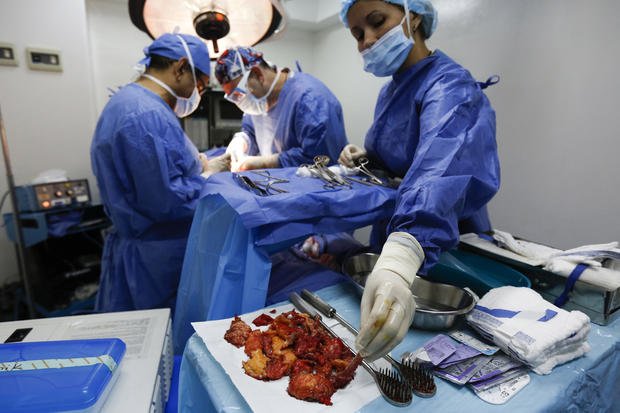
Source
Serious situations such as deaths can happen during the placement of the product since this can be injected into a blood vessel and by this route travel to the lung and produce embolism to a foreign body. Infections usually occur during the first weeks of the procedure and are due to multiple factors such as contamination of the product or techniques without asepsis and antisepsis standards. Late infections are infrequent after the year of administration and are usually due to a germ called Mycobacterium (difficult to treat).
In the field of medicine and health, there are multiple activities and treatments that require the use of equipment and devices manufactured with biopolymers. These materials are very diverse because as they are discovered they have been used and developed for specific applications, however, it is thought that their properties and characteristics have not yet been fully explored. The latter is because polymers are macromolecules that have different origins, these are created by nature but they can also be created and manipulated by chemical procedures for the benefit of the industry and current medicine.
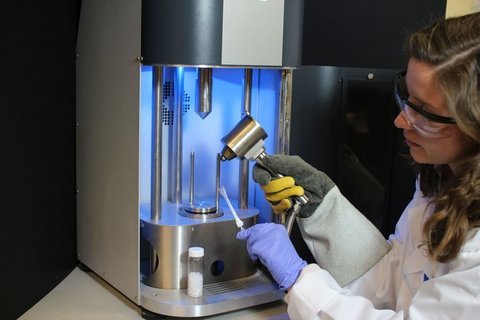
Source
The biomaterials used directly with patients in medicine have a certain degree of commitment to the function they perform because their properties are used in order to improve the health and quality of life of a human being. However, one of the biggest challenges when it comes to wanting to use a biomaterial is its design, which complies with the necessary requirements for its function and which in turn is safe and stable for its use.
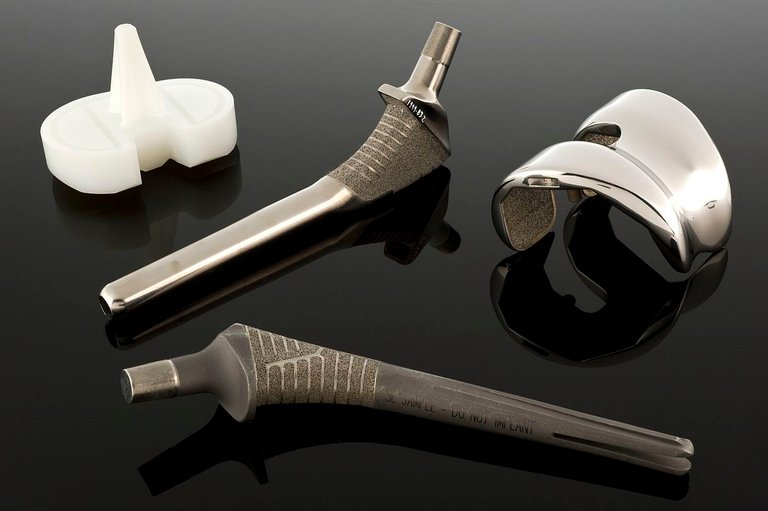 Source
SourceBiopolymers are studied in pharmaceutical applications to modify the release of active ingredients, overcoming physiological barriers and the protection of unstable therapeutic agents to the physiological conditions present in less invasive administration routes
It is remarkable the fact that polymers are more common in our daily life than we thought. Those of natural origin are found mainly in textiles, for example, cotton, silk and wool; and on the other hand to the rubber. On the synthetic side, we also interact with them on a daily basis, such as nylon, polyethylene, and Teflon. It is important to keep in mind that the most useful polymers for man turn out to be synthetic ones.
I think it's important to create a culture where we want our body, take care of it, give it food that nourishes our soul, exercise to feel alive, that we value our body over the squares that we have in our abdomen.
The body is only the physical form we have to transmit what we are, everything we think and have lived is what our body reflects, and we are taking it the wrong way.
It is up to us to make the decision to appreciate our beauty, to value and admire what we are as people, to look in front of the mirror and to contemplate ourselves, to love ourselves and to bring out the best we have.
References.
- https://www.fabhealthfitness.com/biopolymers-risk-consequences/
- https://www.theatlantic.com/health/archive/2015/05/the-pseudoscience-of-beauty-products/392201/
- https://www.sciencedirect.com/topics/biochemistry-genetics-and-molecular-biology/biopolymer
- https://www.nature.com/subjects/biopolymers
- http://www.chemistrylearner.com/biopolymer.html
- https://www.intechopen.com/books/recent-advances-in-biopolymers/biopolymers-application-in-nanoscience-and-nanotechnology
I hope you liked it, and that it will be useful, thank you for your time, do not forget to comment and, if you like, vote and follow me for more material like this. @noirac

Quality read, full of new info, well researched, properly referenced. Upvoted, resteemed and hoping to see more stuff like this.